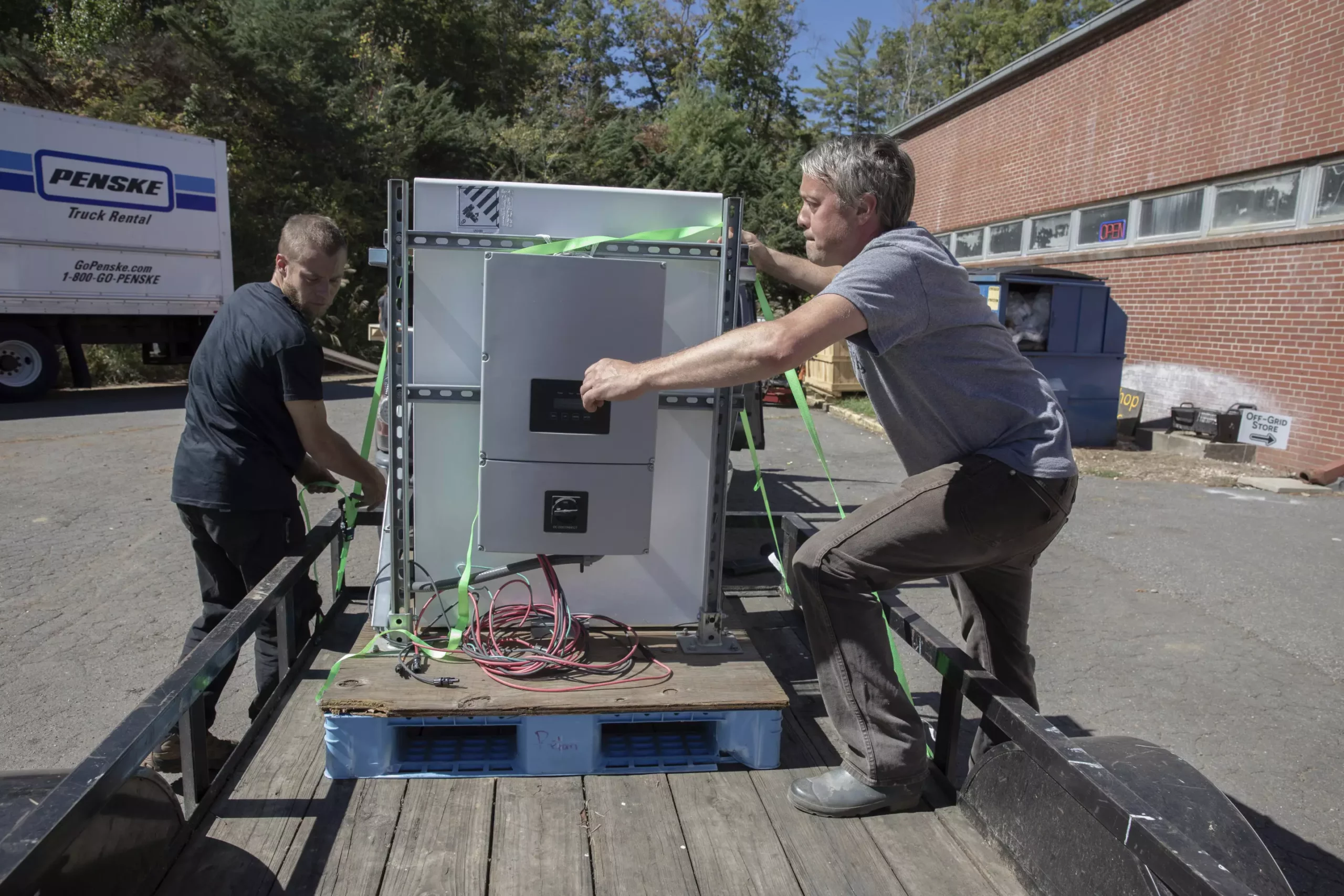In the aftermath of Hurricane Helene, North Carolina’s mountainous regions are grappling with the devastating impact of the storm. As the winds waned, the relentless noise of gas-powered generators filled the air, a constant reminder of the lack of electricity. For residents like Bobby Renfro, the strain of maintaining power is not merely an inconvenience; it represents a lifeline for those in desperate need. Renfro, who has taken it upon himself to set up a community resource hub in Tipton Hill, exemplifies the spirit of altruism in times of crisis. However, this generosity comes at a steep cost—both financially and emotionally. The $1,200 spent on the generator, coupled with the ongoing expenses for fuel, underscores a troubling reality for residents in remote areas. Their dependence on these machines is accentuated by the critical need to keep medications, especially insulin for diabetics, at optimal temperatures and to power essential medical devices.
Despite efforts from utility companies, over 43,000 of the 1.5 million customers affected in western North Carolina were still without power days after the storm’s fury. The situation reverberates uniquely in mountainous terrains, where the natural landscape complicates accessibility, making repairs a protracted endeavor. Duke Energy crews, alongside other local electric cooperatives, are facing an uphill battle, circumventing the typical repair operations to rebuild the power infrastructure from scratch. This predicament forces communities to adapt to life without electricity for an extended period, raising concerns about health and safety.
The Challenges of Conventional Recovery Efforts
For many residents, procuring fuel for generators is fraught with difficulties. The expense of fuel, the toxic fumes emitted, and the limitations of small-scale generators highlight the inadequacy of conventional means of power generation in disaster recovery scenarios. These generators are not designed for the prolonged demands of a disaster-stricken community, leaving many vulnerable individuals bereft of basic utilities. With critical medical equipment relying on steady power and communication devices becoming unusable, residents are left in precarious situations, disconnecting them from the help they desperately need.
Recognizing this predicament, new assistance is arriving. Community members like Renfro are beginning to hope for a different future—one that harnesses the power of sustainable technology. This shift is possible thanks to organizations such as the Footprint Project, which is not only responding to the immediate crisis but also addressing the underlying need for sustainable energy solutions.
The Footprint Project is making strides in its disaster response, deploying solar generators equipped with multiple solar panels and battery systems. This initiative aims to provide cleaner and more reliable energy sources compared to traditional generators, which people like Renfro have been relying on. The introduction of solar technology marks a pivotal change in how communities can both cope with and recover from disasters. As the solar panels are set up at community hubs, there emerges a glimmer of hope: a way to bring comfort and essential electricity back into the lives of those affected.
Founded in 2018 with a mission centered on reducing greenhouse gas emissions in emergency responses, Footprint Project’s founders Will Heegaard and Jamie Swezey are witnessing the impacts of their work first-hand. Despite the urgency of the situation, the effort goes beyond merely replacing damaged infrastructure; it aims to facilitate a transition toward a more sustainable and resilient community setup. As they roll out their technology to 33 locations and prepare for additional deployments, the couple emphasizes the necessity of innovative tools in alleviating human suffering and instability in the wake of disasters.
Volunteers, motivated to assist neighbors in need, have become vital to the recovery process. They work alongside the Footprint Project to carry out logistics, ensuring that essential supplies reach every corner of the affected regions. The story of Julie Wiggins, who operates a community hub for local families, exemplifies this collective resilience. After days of struggling against the aftermath of the hurricane, she received solar panels that now power the refrigeration needed to preserve medical supplies. This resource is invaluable for a community that has learned to rely on each other during challenging times and reflects a spirit of solidarity that can forge a path for recovery.
As the Footprint Project deploys solar solutions and local volunteers brave treacherous roads to reach the most isolated households, the groundwork for future resilience is being laid. Every panel installed and battery delivered not only breathes life back into these communities but also symbolizes hope for sustainability in disaster recovery.
A Future Powered by Collaboration and Sustainability
In the face of adversity, there is a compelling narrative of resilience fueled by community action and innovative technology. The challenges brought about by Hurricane Helene serve as a rallying point to reimagine how affected communities respond to crises. By embracing sustainable energy solutions and harnessing the power of collective action, there is hope for lasting positive change in the fabric of these communities. The work of organizations like the Footprint Project and dedicated volunteers underscores the potential for not just recovery, but transformation—a future where disasters are met with preparedness and resilience.


Leave a Reply